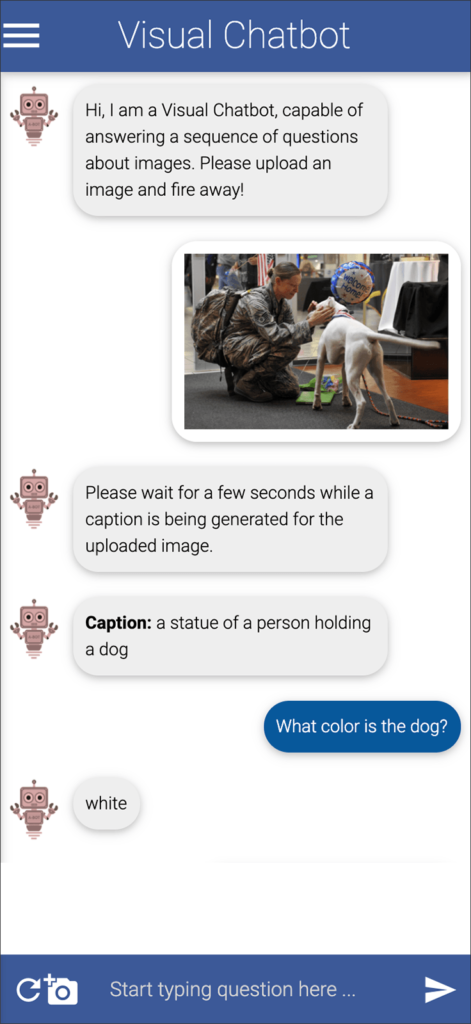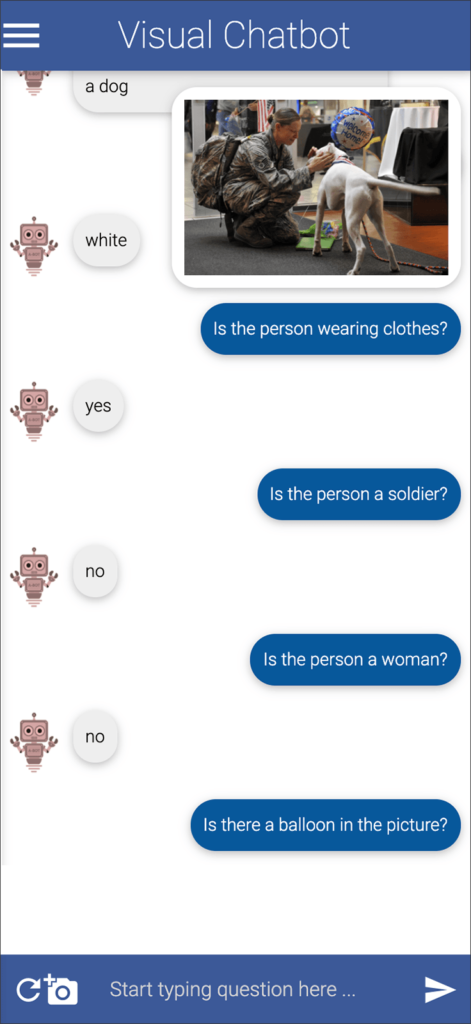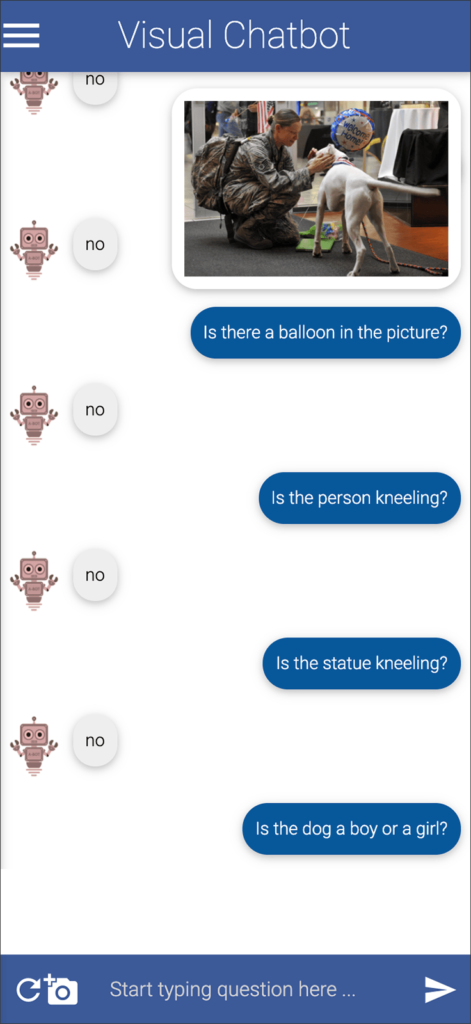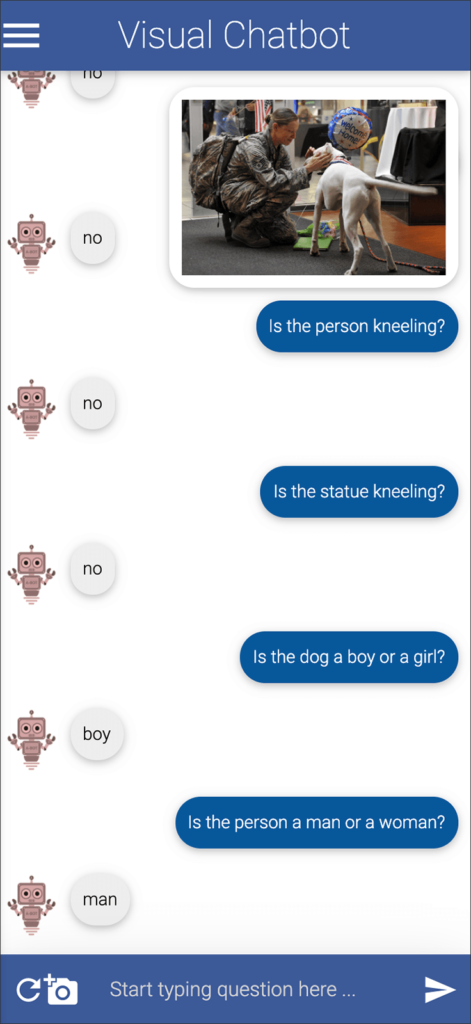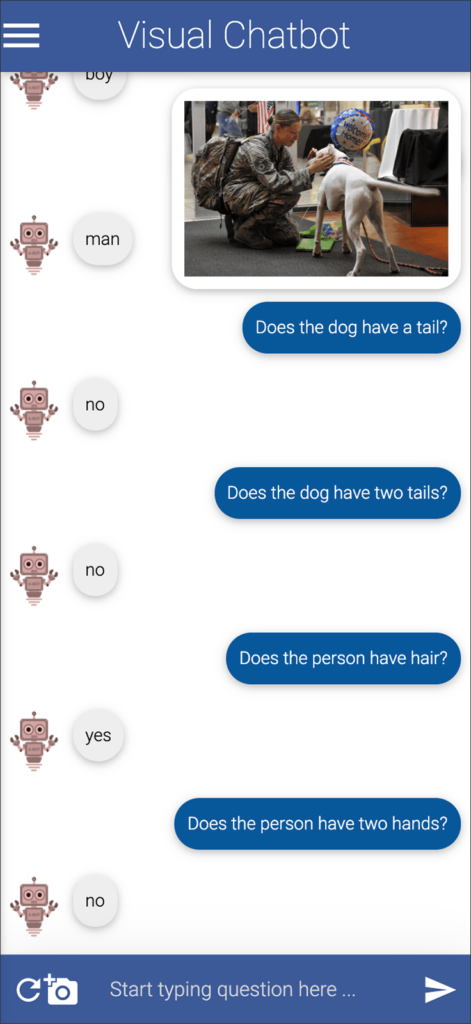Sometimes people make a statement that an artificial intelligence system is a computer system that learns, or that learns on its own.
That is inaccurate. Machine learning is a subset of artificial intelligence, not the whole field. Machine learning systems are computer systems that learn from data. Other AI systems do not. Various systems are wholly programmed by humans to follow explicit rules and do not generate any code or instructions on their own.
The error probably arises from the fact that many of the exciting advances in AI since 2012 have involved some form of machine learning.
The recent successes of machine learning have much to do with neural networks, each of which is a system of algorithms that (in some respects) mimics the way neurons work in the brains of humans and other animals — but only in some respects. In other words, a neural network shares some features with human brains, but is not extremely similar to a human brain in all its complexity.
Advances in neural networks have been made possible not only by new algorithms (written by humans) but also by new computer hardware that did not exist in the earlier decades of AI development. The main advance concerns graphical processing units, commonly called GPUs. If you’ve noticed how computer games have evolved from simple flat pixel blocks (e.g. Pac-Man) to vast 3D worlds through which the player can fly or run at high speed, turning in different directions to view vast new landscapes, you can extrapolate how the advanced hardware has increased the speed of processing of graphical information by many orders of magnitude.
Without today’s GPUs, you can’t create a neural network that runs multiple algorithms in parallel fast enough to achieve the amazing things that AI systems have achieved. To be clear, the GPUs are just engines, powering the code that creates a neural network.
More about the role of GPUs in today’s AI: Computational Power and the Social Impact of Artificial Intelligence (2018), by Tim Hwang.
Another reason why AI has leapt onto the public stage recently is Big Data. Headlines alerted us to the existence and importance of Big Data a few years ago, and it’s tied to AI because how else could we process that ginormous quantity of data? If all we were doing with Big Data was adding sums, well, that’s no big deal. What businesses and governments and the military really want from Big Data, though, is insights. Predictions. They want to analyze very, very large datasets and discover information there that helps them control populations, make greater profits, manage assets, etc.
Big Data became available to businesses, governments, the military, etc., because so much that used to be stored on paper is now digital. As the general population embraced digital devices for everyday use (fitness, driving cars, entertainment, social media), we contributed even more data than we ever had before.
Very large language models (an aspect of AI that contributes to Google Translate, automatic subtitles on YouTube videos, and more) are made possible by very, very large collections of text that are necessary to train those models. Something I read recently that made an impression on me: For languages that do not have such extensive text corpuses, it can be difficult or even impossible to train an effective model. The availability of a sufficiently enormous amount of data is a prerequisite for creating much of the AI we hear and read about today.
If you ever wonder where all the data comes from — don’t forget that a lot of it comes from you and me, as we use our digital devices.
Perhaps the biggest misconception about AI is that machines will soon become as intelligent as humans, or even more intelligent than all of us. As a common feature in science fiction books and movies, the idea of a super-intelligent computer or robot holds a rock-solid place in our minds — but not in the real world. Not a single one of the AI systems that have achieved impressive results is actually intelligent in the way humans (even baby humans!) are intelligent.
The difference is that we learn from experience, and we are driven by curiosity and the satisfaction we get from experiencing new things — from not being bored. Every AI system is programmed to perform particular tasks on the data that is fed to it. No AI system can go and find new kinds of data. No AI system even has a desire to do so. If a system is given a new kind of data — say, we feed all of Wikipedia’s text to a face-recognition AI system — it has no capability to produce meaningful outputs from that new kind of input.
.

AI in Media and Society by Mindy McAdams is licensed under a Creative Commons Attribution-NonCommercial-NoDerivatives 4.0 International License.
Include the author’s name (Mindy McAdams) and a link to the original post in any reuse of this content.
.

